Microsoft Surface Pro 7 review: Slightly faded glory
The newest Surface Pro is great - just not as great as it used to be
Microsoft’s 7th-generation Surface Pro doesn’t advance much beyond its predecessors in terms of raw performance. In fact, the biggest meaningful addition is USB-C support, but the overall level of quality means that may be enough to justify its existence.
-
+
USB-C support
-
-
Disappointing battery life

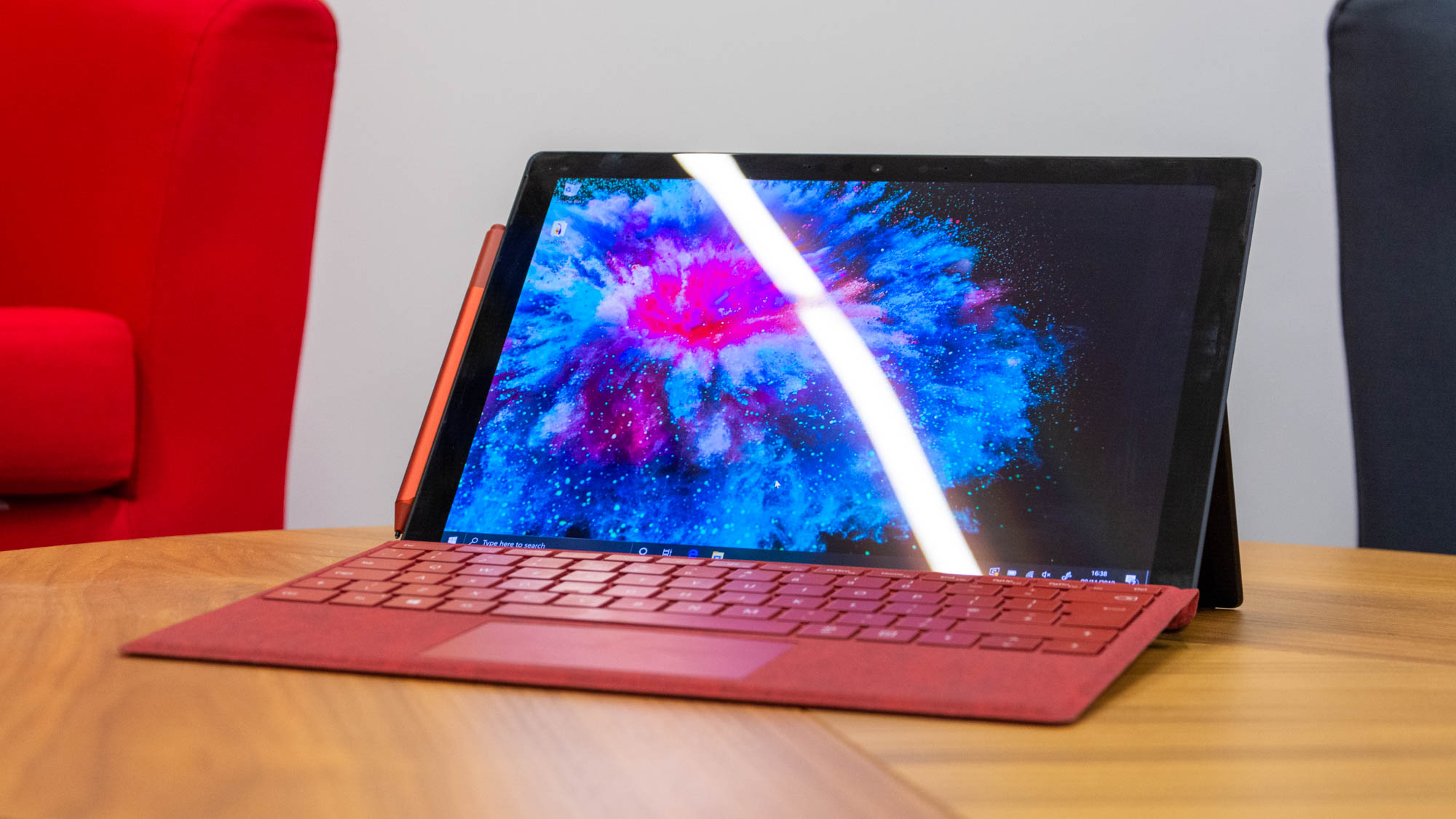


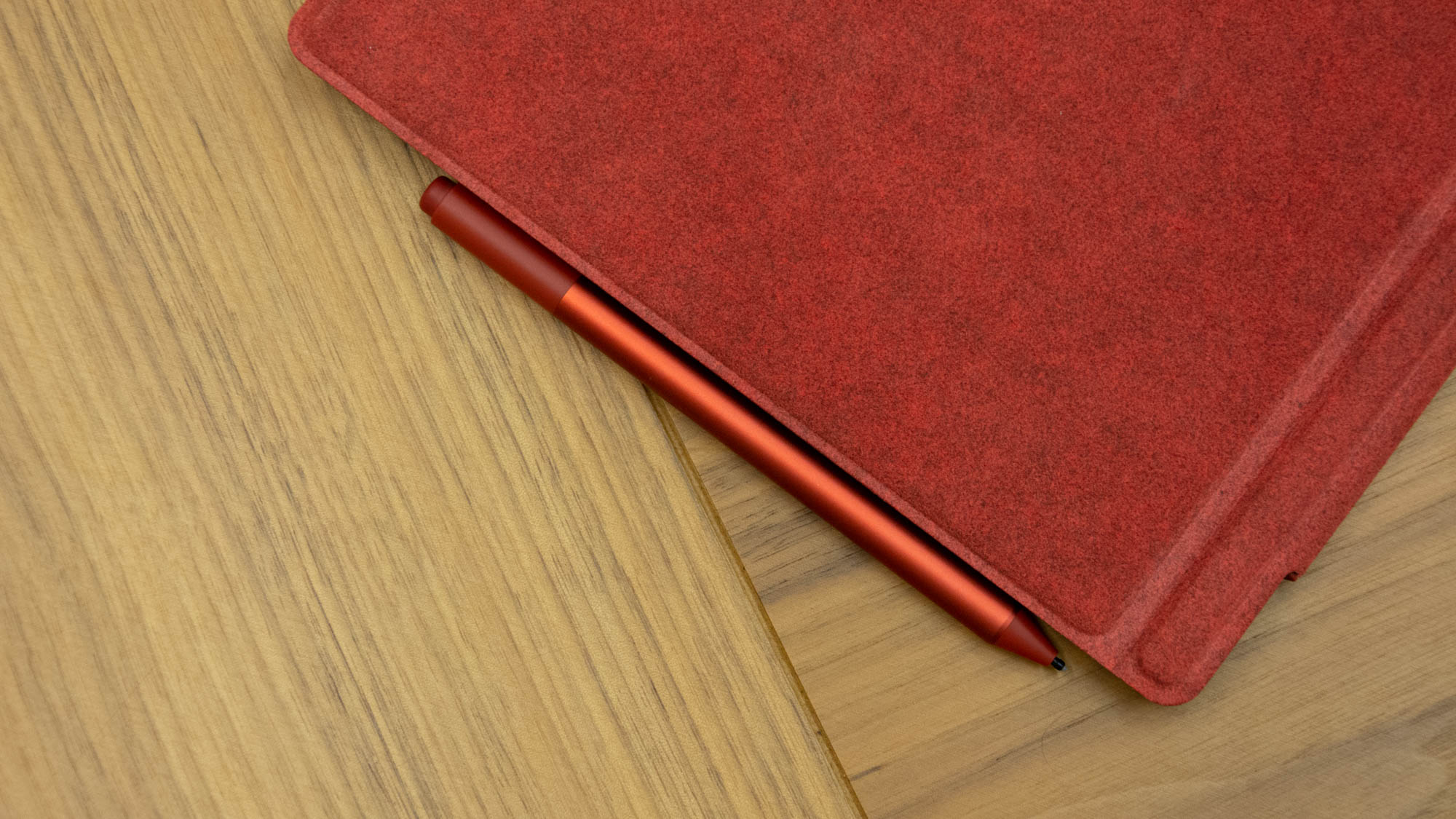

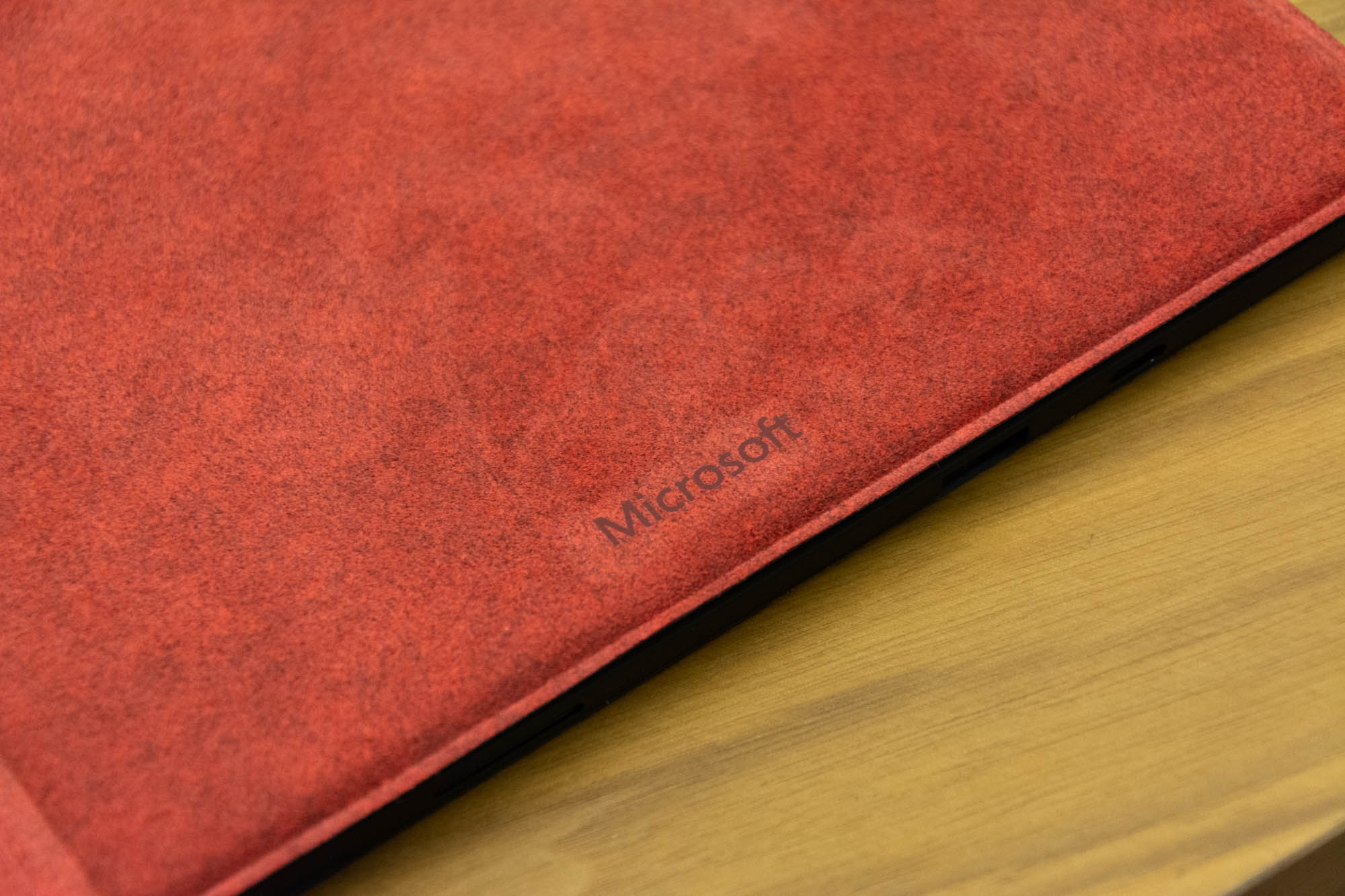

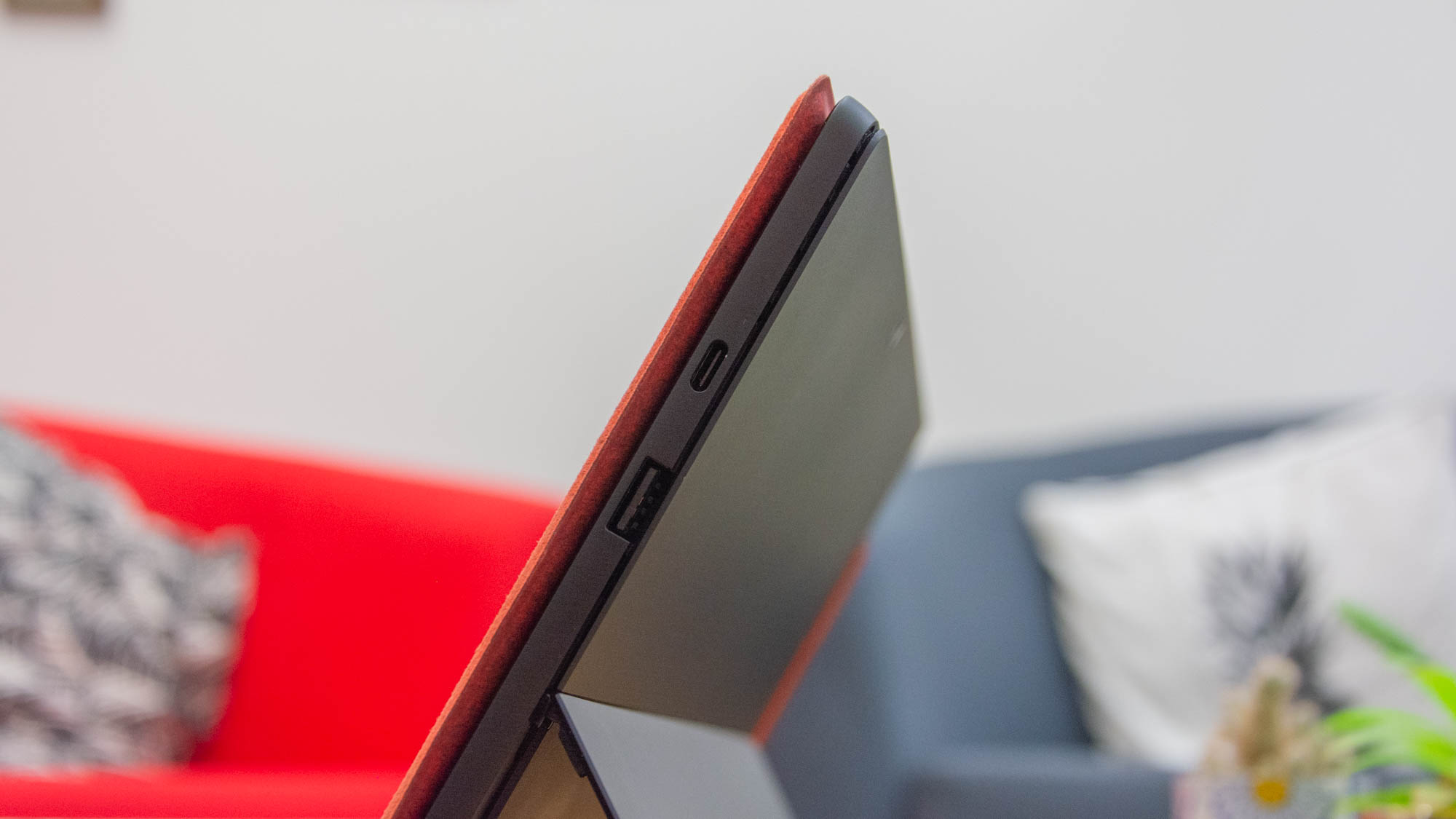

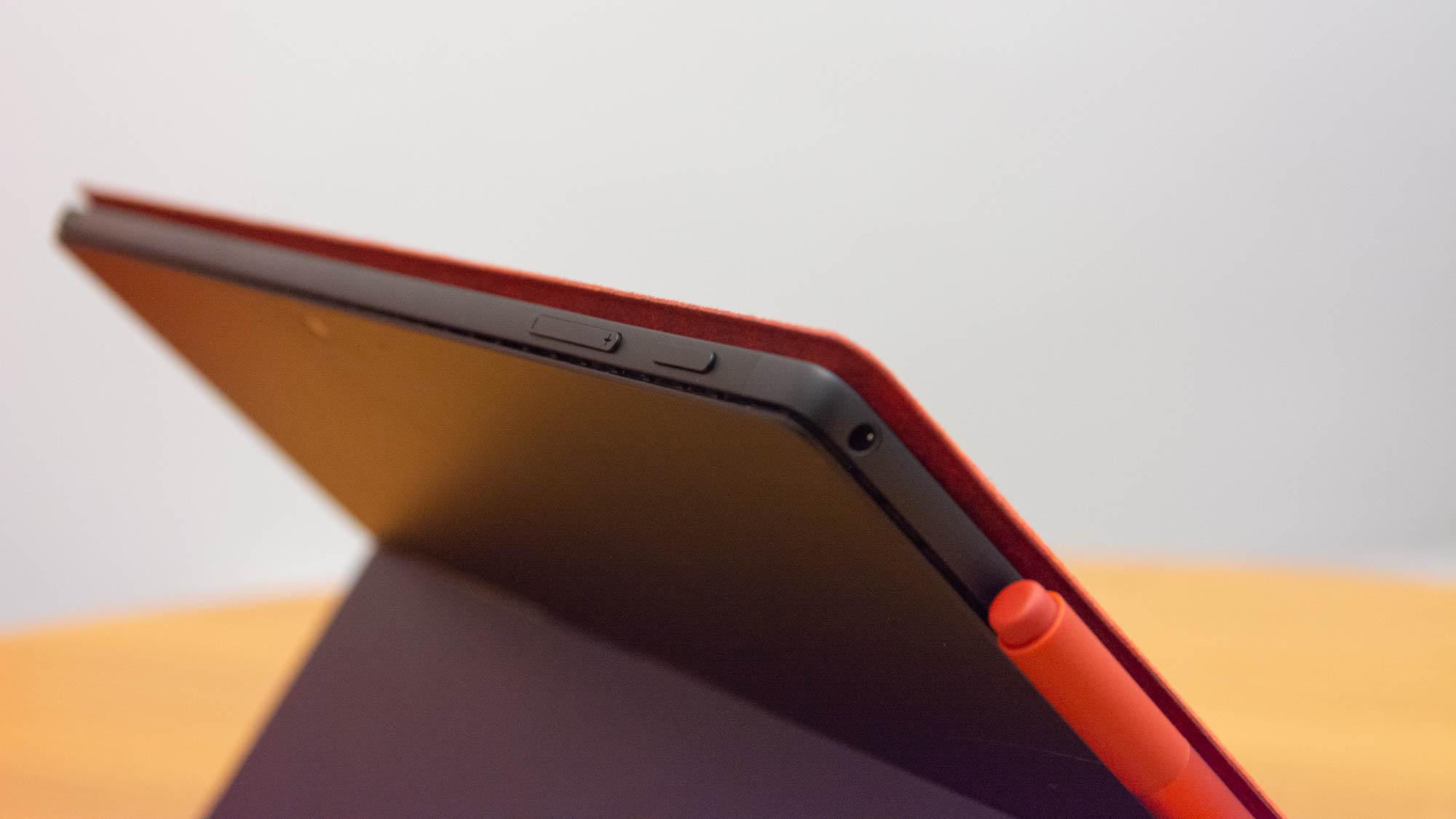


The Surface Pro 7 is in the unenviable position of having a large weight of expectations to shoulder. Not only does it have to reinvigorate the Surface Pro range after last year's somewhat disappointing entry, it's also waving the flag for Intel's 10nm Ice Lake chips as one of the first mainstream devices to carry them.
More importantly, it's also fending off competition from a resurgent Apple, and a host of other challengers. In short, there's a lot riding on the Surface Pro 7 to succeed.
Microsoft Surface Pro 7 review: Design
Microsoft evidently hit on a winning formula with the design of the Surface Pro range, and it has remained largely unchanged for the past several years. The Surface Pro 7 does not break with this tradition, and you may struggle to tell this device apart from its predecessor by looks alone. There's one key difference in terms of the available ports - which we'll talk more about later - but beyond that, it sports the same smooth planes and sharp angles that have defined the Surface Pro for years.
It's practically identical in terms of size and weight, too. It's 8.3mm thick with a weight of 775g (or 790g for the Core i7 version), which sounds nice and lightweight, but bear in mind that this doesn't take the TypeCover into account. With that included it goes up to around 1kg in weight and roughly 13mm thick - not exactly bloated, but not as featherweight as it appears.
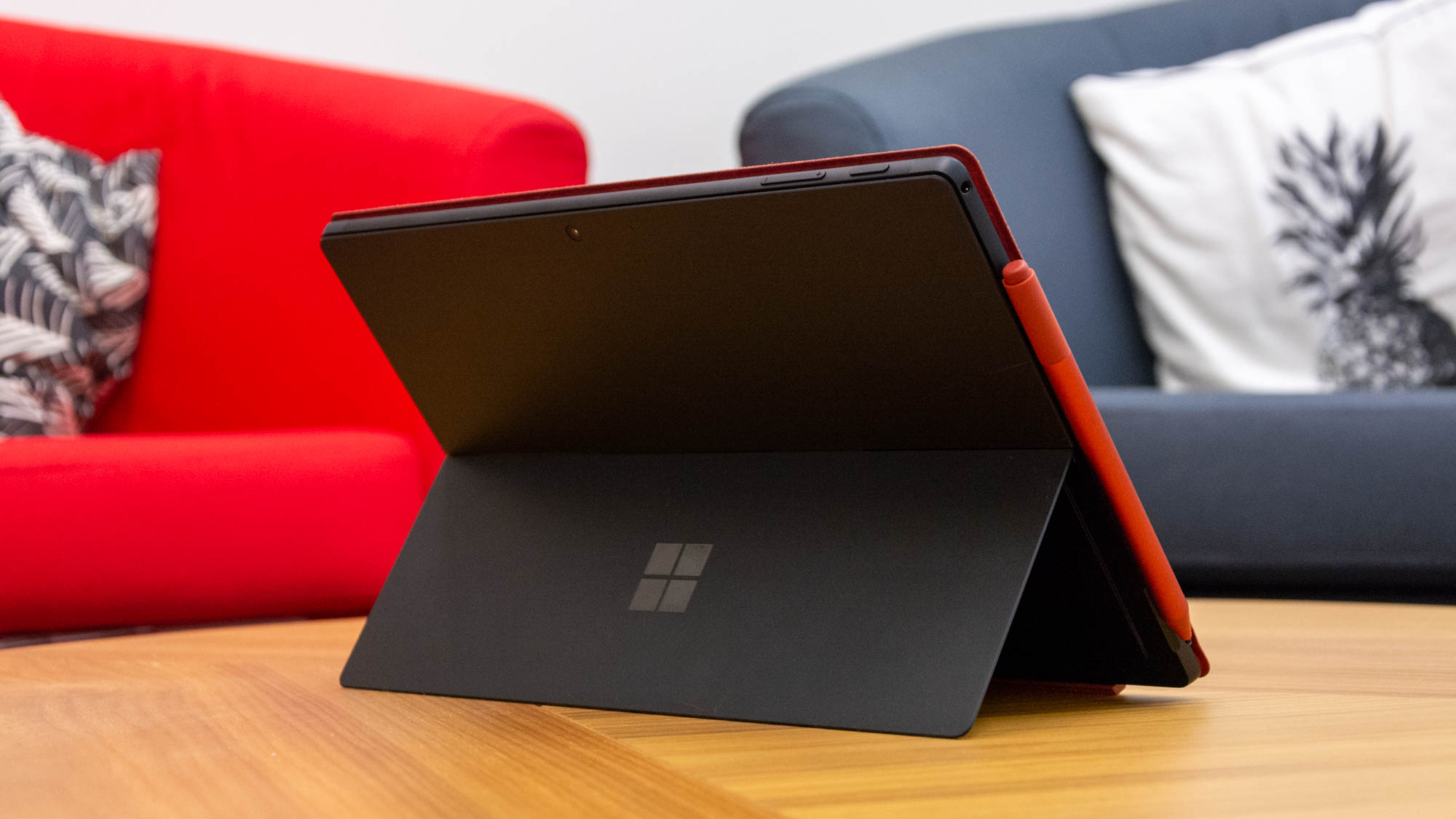
Still, that's a relatively small gripe and, on balance, the Surface Pro 7 is still one of the best-designed 2-in-1s on the market. It looks sleek, professional and distinctive, and it's portable enough to be convenient without sacrificing any of its reliability or functionality.
Microsoft Surface Pro 7 review: Display
There's not much to say about the Pro 7's screen; it's still a 12.3in panel with a 2,736 x 1,824 resolution, so not much has changed on the technical front. However, the same was true of the Surface Pro 6, and that display still managed to score slightly worse than its predecessor for visual quality.
Happily, this trend has been reversed. While a 92% coverage of the sRGB colour gamut doesn't quite match the lofty heights of the 2017 Surface Pro, it's an improvement over the 88% achieved by the Surface Pro 6.
By default, the display is set to an 'enhanced mode' which attempts to mimic the DCI-P3 colour gamut, but we swiftly switch this off as it didn't really have much impact. By and large, it's a great machine for media editing - although we did notice some intermittent issues where the contrast would suddenly drop. Otherwise, it's every bit as polished as we've come to expect from the Surface line.
Microsoft Surface Pro 7 review: Keyboard and trackpad
Again, there's very little to say here that we haven't said about the Surface Pro 6's TypeCover and Surface Pen accessories, as they haven't changed particularly. Both still offer an excellent experience; the Pen is fantastically sensitive for detailed graphics work and the keyboard - including 1.3mm travel distance - is the most satisfying typing experience we've seen on a 2-in-1 to date.
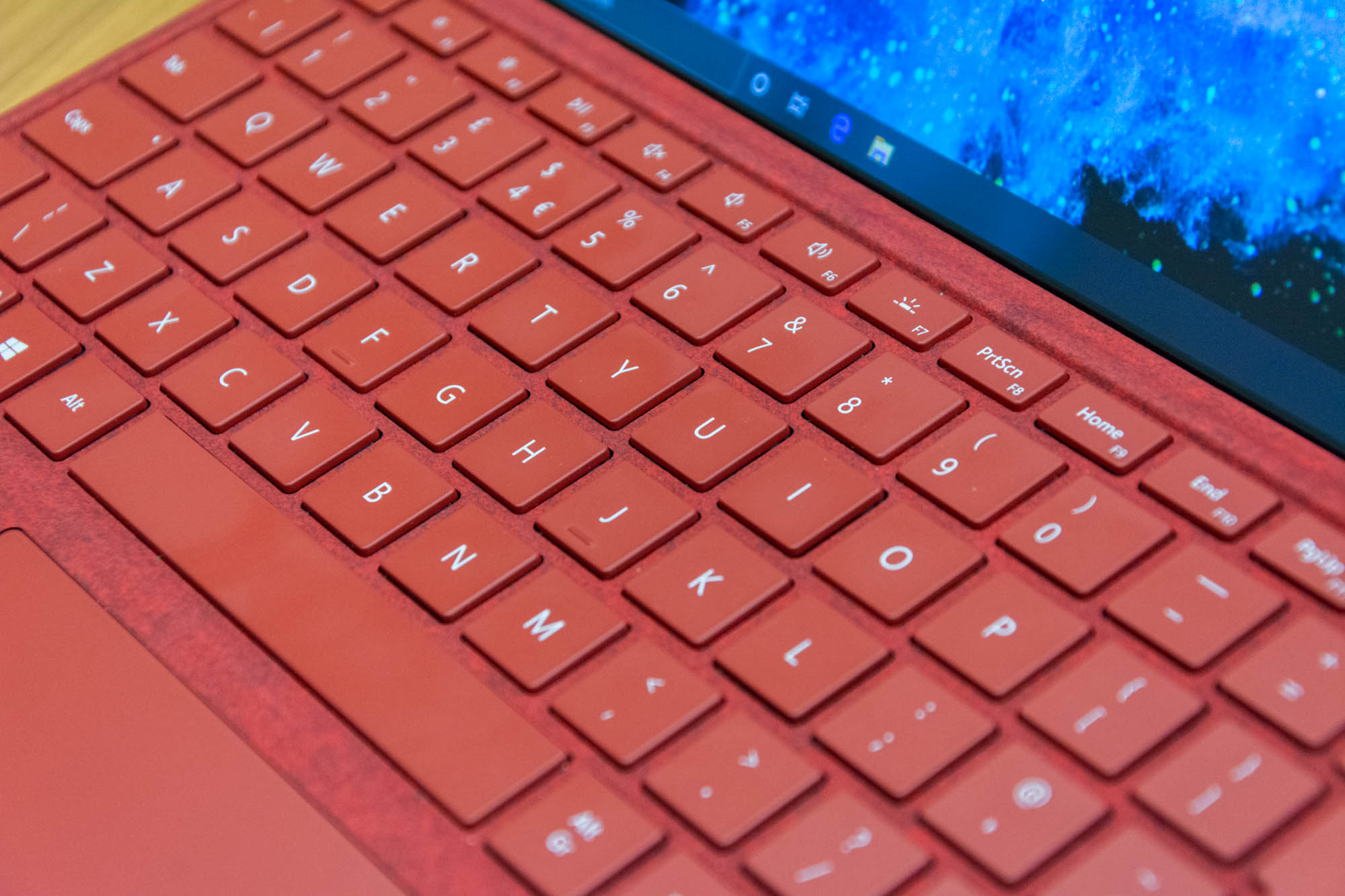
The biggest change is that the Pen and TypeCover are now available in a range of additional colours, including 'Poppy Red', 'Ice Blue' and 'Light Charcoal'. The new red accessories are particularly eye-catching, and they're all backwards-compatible with previous Surface devices.
Microsoft Surface Pro 7 review: Specs and performance
Elements like the TypeCover keyboard and the display may not have changed all that much, but the real updates here are under the hood. The Surface Pro 7 uses Intel's newest 10th-generation Ice Lake processors, which are among the first models to be built with Intel's 10nm fabrication process.
The Pro 7 comes with either a Core i3, Core i5 or Core i7 chip, and we were expecting the arrival of Intel's long-awaited 10nm offering to herald better performance, improved battery life, or ideally both. Unfortunately, we were disappointed on all counts.
In addition to 16GB of RAM and a 256GB SSD, our review unit was fitted with a quad-core Intel Core i7-1065G7 - the most powerful configuration available. Despite this, an overall score of 68 in our benchmark tests showed that its performance was nearly identical to the Core i5 Surface Pro 6. In fact, the new Surface Pro 7 is less than 15% more powerful than the 2017 model, which isn't exactly impressive.
That said, it's not a slow machine. Indeed, the performance is more than capable of seeing you through the workday, and it's sophisticated enough to cope with both intense multitasking and multi-threaded applications. The addition of Ice Lake's 'Iris Plus' integrated graphics also means it'll chew through video and media jobs better than ever before.
Microsoft Surface Pro 7 review: Battery
We'd be prepared to stomach a negligible (or nonexistent) boost in performance if it meant that Microsoft was able to optimise power efficiency and squeeze more juice out of the battery, but it hasn't managed to do that either.
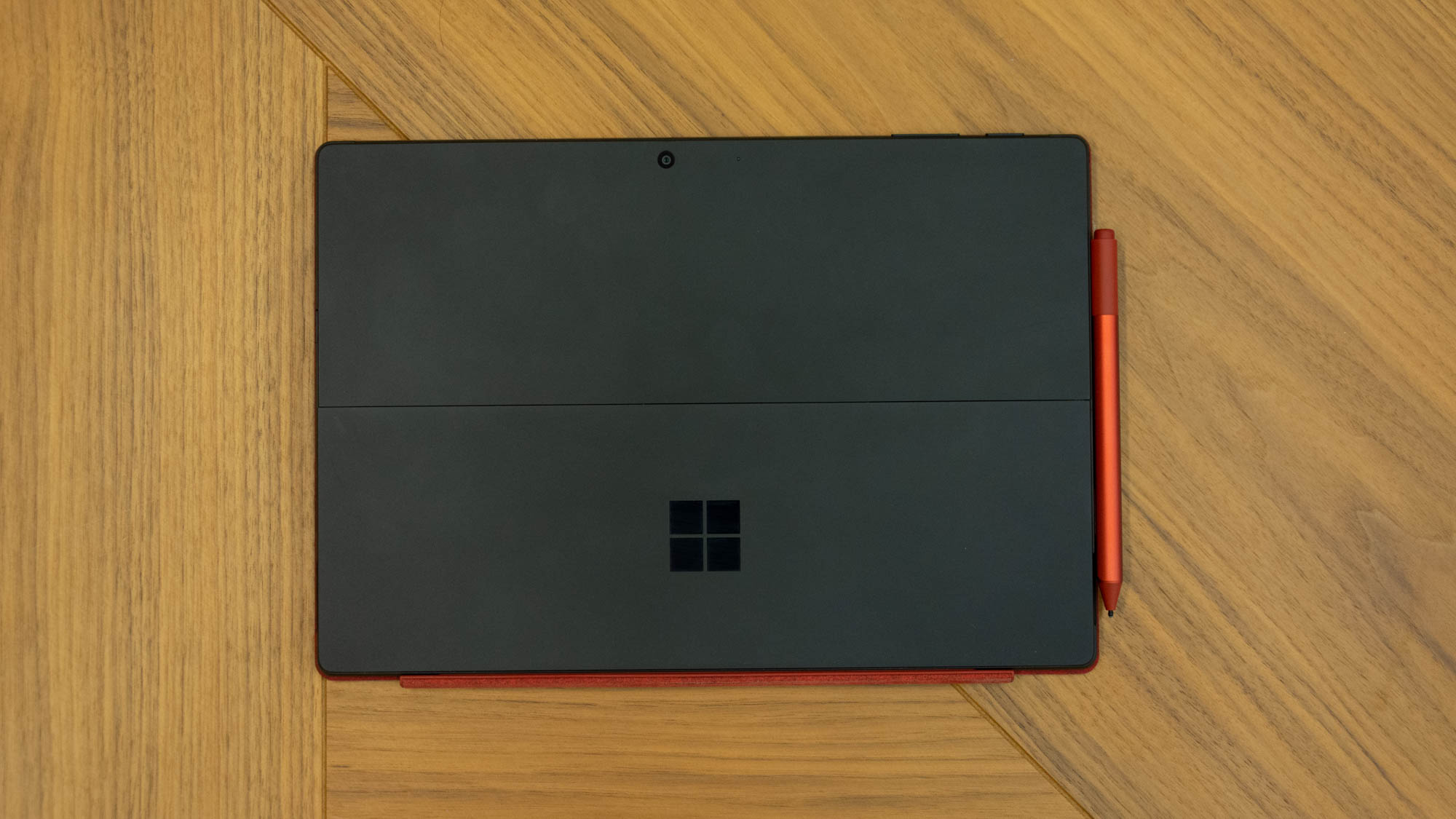
In our tests, the Surface Pro 7 lasted 7hrs 20mins, which isn't as good as some of the other ultraportables we've tested this year, such as the Huawei Matebook X Pro with its 9hrs 14mins battery life. It's also more than half an hour worse than the Surface Pro 6's score, despite the supposedly more efficient chip. This is particularly galling; the Surface Pro's performance was arguably as good as it needed to be already, but that battery life isn't as good as its primary competitor, the iPad Pro - and it's now even worse.
Microsoft has at least added fast-charging capability to the Surface Pro 7, which promises 80% battery after just an hour on charge. Thanks to the inclusion of USB-C, it can also charge while connected to an external display.
Microsoft Surface Pro 7 review: Ports and features
Yes, you read that correctly; Microsoft has finally joined the rest of us in the modern world and added a USB-C port to its flagship hybrid. It's not Thunderbolt-3 compatible, which means slightly slower data transfer speeds, but you'll still get power, data and display.
Gratifyingly, the USB-A port has also made the transition, so you won't have to faff around with adapters for the sake of plugging in peripherals. The Mini DisplayPort has been given the old heave-ho, but it's hardly much of a loss at this point.
The new Surface also sports a brand new pair of far-field 'Studio Mics', which Microsoft says are designed specifically for video conferencing, picking up and isolating vocal patterns while minimising background noise. Elsewhere, the usual suite of expected features are here - including support for Windows Hello, Surface Pen and Surface Dial - as well as support for 802.11ax-compatible Wi-Fi 6 technology.
Microsoft Surface Pro 7 review: Verdict
After spending some time with the Surface Pro 7, we find ourselves somewhat conflicted. On one hand, it's not as impressive a technical showing as we were expecting; the new Ice Lake chip barely managed to match the Core i5 processor from last year's Surface Pro 6, and the battery life was similarly lacklustre. Aside from the increased graphical grunt brought by the new graphics chip, there's scant improvement from the 2017 model in terms of raw performance.

On the other hand, the 2017 model was an incredibly impressive device, and the primary complaint we had with both it and its predecessor was the lack of USB-C support. With that having been addressed, does it matter that there haven't been many advances in other areas?
The short answer is yes. Apple has made great strides in making the iPad more business-friendly thanks to things like iPadOS, a file browser and a desktop-style dock, and although it can't run many full-fat business applications, it'll handle SaaS apps like a champ. If you need to run Windows, either for reasons of compatibility or familiarity, then there are a number of alternative devices which will be able to match the Surface Pro 7 on price and performance, if not on looks or software features.
Despite all this, though, the latest Surface Pro is still an outstanding device. Performance is more than adequate, it's got the most attractive form-factor going, and it's the best showcase for the power of Windows 10. It's a great machine - it just doesn't stand out amongst the competition as much as it used to.
Get the ITPro daily newsletter
Sign up today and you will receive a free copy of our Future Focus 2025 report - the leading guidance on AI, cybersecurity and other IT challenges as per 700+ senior executives
Adam Shepherd has been a technology journalist since 2015, covering everything from cloud storage and security, to smartphones and servers. Over the course of his career, he’s seen the spread of 5G, the growing ubiquity of wireless devices, and the start of the connected revolution. He’s also been to more trade shows and technology conferences than he cares to count.
Adam is an avid follower of the latest hardware innovations, and he is never happier than when tinkering with complex network configurations, or exploring a new Linux distro. He was also previously a co-host on the ITPro Podcast, where he was often found ranting about his love of strange gadgets, his disdain for Windows Mobile, and everything in between.
You can find Adam tweeting about enterprise technology (or more often bad jokes) @AdamShepherUK.
-
 ‘Phishing kits are a force multiplier': Cheap cyber crime kits can be bought on the dark web for less than $25 – and experts warn it’s lowering the barrier of entry for amateur hackers
‘Phishing kits are a force multiplier': Cheap cyber crime kits can be bought on the dark web for less than $25 – and experts warn it’s lowering the barrier of entry for amateur hackersNews Research from NordVPN shows phishing kits are now widely available on the dark web and via messaging apps like Telegram, and are often selling for less than $25.
By Emma Woollacott Published
-
 Redis unveils new tools for developers working on AI applications
Redis unveils new tools for developers working on AI applicationsNews Redis has announced new tools aimed at making it easier for AI developers to build applications and optimize large language model (LLM) outputs.
By Ross Kelly Published
-
 Google layoffs continue with "hundreds" cut from Chrome, Android, and Pixel teams
Google layoffs continue with "hundreds" cut from Chrome, Android, and Pixel teamsNews The tech giant's efficiency drive enters a third year with devices teams the latest target
By Bobby Hellard Published